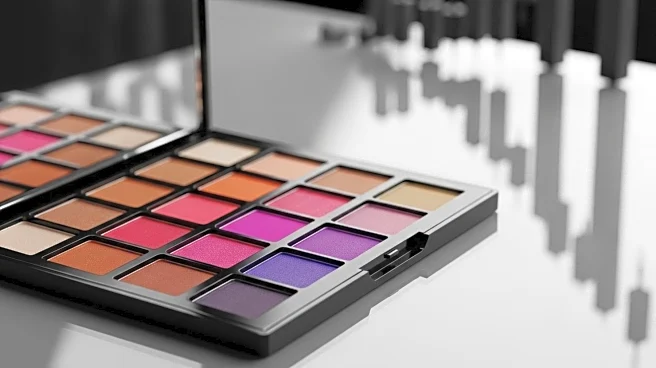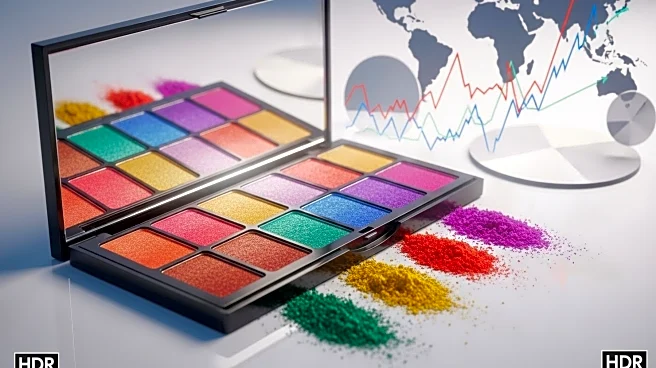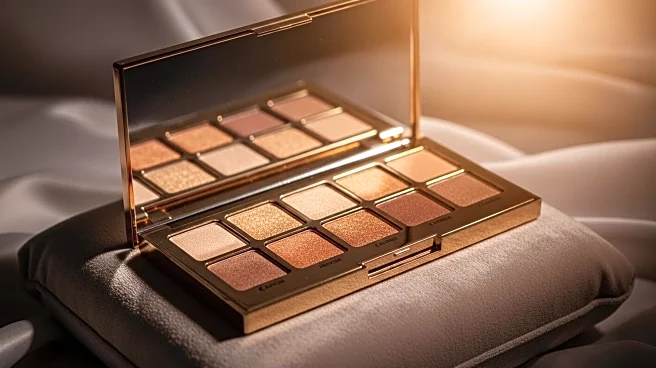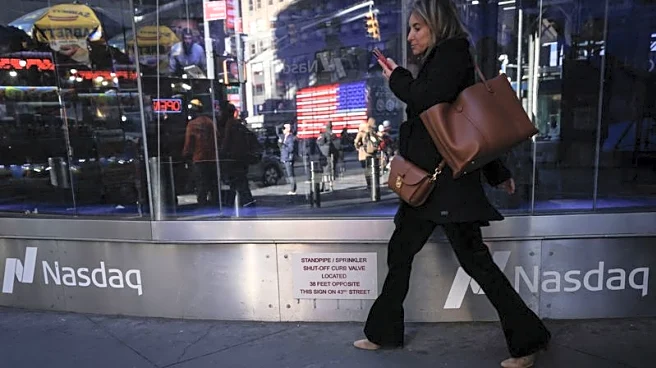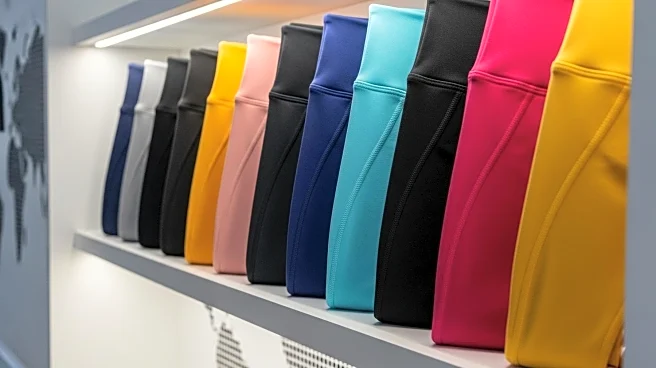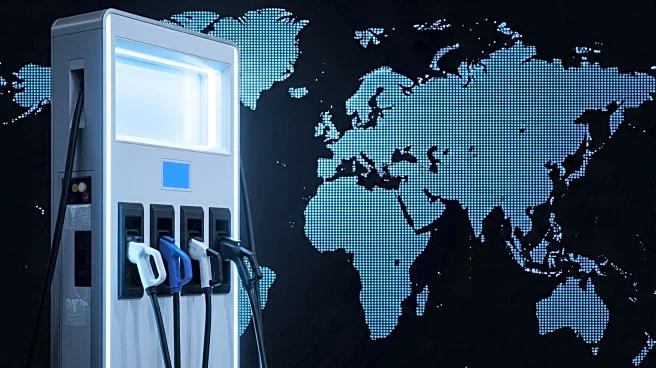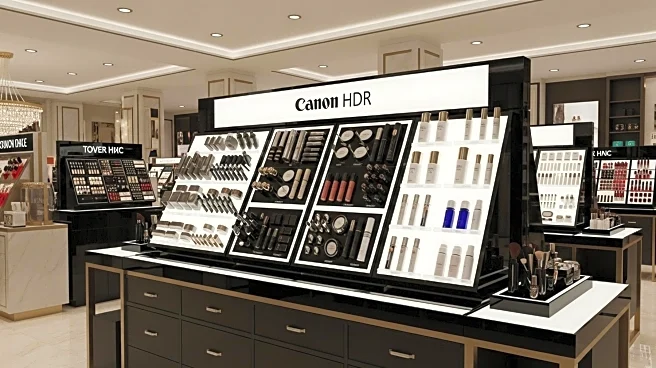What's Happening?
Beauty companies in the U.S. and Europe are facing economic challenges due to a weak U.S. dollar, softening consumer demand, and rising costs from inflation and tariffs. Companies like Interparfums SA and Symrise have lowered their sales forecasts, while others like E.l.f. Beauty and Procter & Gamble are increasing product prices to offset these costs. Procter & Gamble anticipates $1 billion in higher costs due to tariffs, impacting its fiscal 2026 outlook. Estee Lauder is also considering price increases and has implemented strategies to mitigate tariff impacts, including reducing the share of products sourced from U.S. plants for sale in China.
Why It's Important?
The economic pressures faced by beauty companies highlight the broader impact of global economic fluctuations and trade policies on consumer goods industries. As companies raise prices to counteract rising costs, consumers may become more price-sensitive, potentially affecting brand loyalty and sales. The strategic responses by companies, such as sourcing flexibility and production adjustments, demonstrate the need for adaptability in a challenging economic environment. These developments could lead to shifts in market dynamics, influencing pricing strategies and consumer behavior in the beauty industry.
What's Next?
Beauty companies are expected to continue navigating these economic challenges, with potential job losses and restructuring efforts on the horizon. Estee Lauder plans to reduce its workforce as part of its restructuring program, while Coty and Shiseido Americas are also trimming headcounts. Despite these challenges, companies are exploring growth opportunities, such as expanding sales on platforms like Amazon and entering new international markets. The industry may see further consolidation and strategic partnerships as companies seek to optimize operations and maintain profitability.
